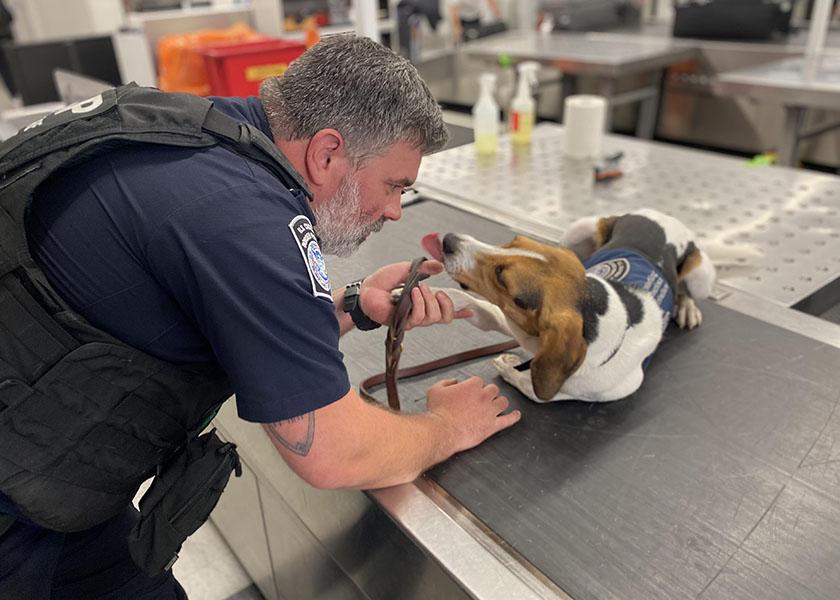Foreign Animal Disease: The Threat Isn’t Going Away for Pork Producers

Although there is no shortage of topics the U.S. pork industry needs to wrap its head around right now, National Pork Producers Council (NPPC) CEO Bryan Humphreys says foreign animal disease continues to be a high priority.
For some of the challenges facing the U.S. pork industry today, only so much can be done. But when it comes to foreign animal disease preparedness, he says pork producers will be urging legislators in Washington, D.C. this week to step up to the plate to fight for action that can make a difference.
Minimize risks to the pork industry
Pork producers are gathering on Capitol Hill to meet with lawmakers and engage in thoughtful conversation about the pork industry.
“I think we can all agree that our work at NPPC on behalf of the industry around foreign animal disease preparation and market access for foreign market development are incredibly important,” Humphreys said during a media briefing. “If we were to get a disease like African swine fever, or foot-and-mouth disease, we’re talking about $240 billion worth of damages to this industry. That is substantial. And yet we can do some things today, as part of the Farm Bill, that could help prevent that.”
NPPC urges renewal of key Farm Bill programs addressing animal disease prevention and management of foreign animal disease risks to protect the U.S. pig herd. These programes include: National Animal Vaccine and Veterinary Countermeasures Bank, National Animal Health Laboratory Network, National Animal Disease Preparedness and Response Program and the National Veterinary Stockpile.
It has been a challenging year for the pork industry, Humphreys pointed out. But he emphasized how important the industry is – not only to America, but to the rest of the world. U.S. pork producers market approximately 140 million pigs a year, support more than 610,000 jobs, purchase more than 1.6 billion bushels of corn, and export $7.6 trillion worth of product to more than 100 countries. They also contribute almost $57 billion to the GDP.
“NPPC exists to speak up for the American producers to fight for reasonable public policy, the freedom to operate and expand access to global markets,” he says. “As we all know, risk and uncertainty are inherent with farming. It's our job to minimize that risk and bring more certainty to producers to allow producers to focus on doing what they do best.”
Create new opportunities for growth
One way that NPPC plans to provide more certainty for producers is by focusing on trade and creating more market access for U.S. pork producers. Indo-Pacific Economic Framework for Prosperity (IPEF) representatives are meeting this week in Thailand. IPEF countries make up 60% of the world’s population and those countries have an affinity for pork, explains Scott Hays, NPPC president and a Missouri pork producer.
For decades, U.S. pork exports have faced depressed exports into Asia – many times due to unreasonable regulations and technical barriers to trade inconsistent with international trade rules.
“NPPC’s priority during these negotiations is to have nations agree to reasonable, science-based sanitary and phytosanitary standards and eliminating unjustified technical barriers,” Maria C. Zieba, vice president of international affairs for NPPC, told Farm Journal’s PORK.
Hays says the U.S. needs a level playing field when it comes to trade.
“Trade is tremendously important. We export 25% of our pork products out of this country, and it adds about $61 per head value,” he says. “We’re the low-cost producer in the world and we currently export to over 100 foreign destinations currently. Removing trade barriers will help us reach more people.”
Read More:







